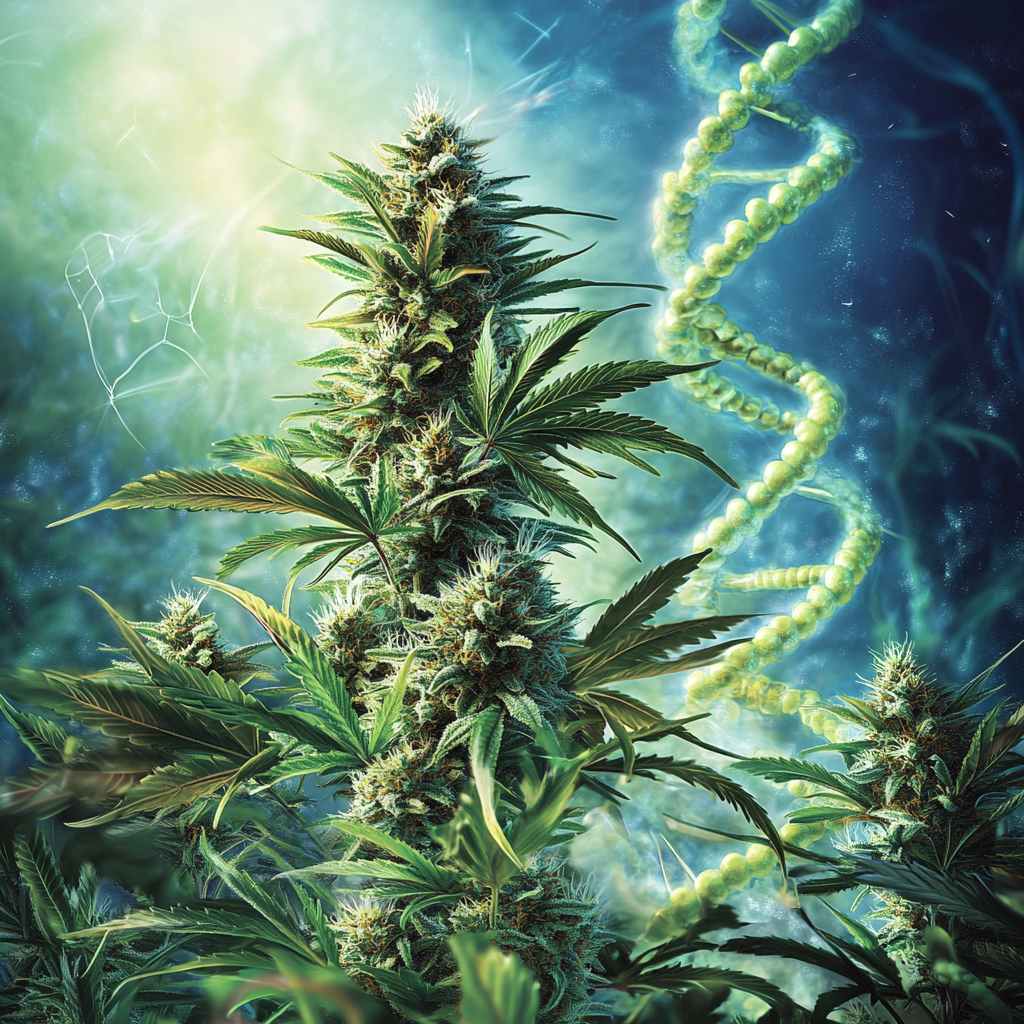Italian Court Strikes Down Meloni’s Hemp Crackdown, Affirms EU Cannabis Legality

A major Italian court victory has dealt Prime Minister Giorgia Meloni’s controversial hemp ban a crushing blow, potentially saving Italy’s €2 billion cannabis industry from complete destruction.
The Parma court fully acquitted hemp entrepreneur Luca Marola, inventor of EasyJoint, after six years of prosecution on charges of supposed narcotics trafficking.
Authorities had seized 650 kilograms of hemp flowers and 19 liters of hemp oil, demanding nearly five years in jail and €55,000 in fine. The court dismissed all charges as baseless.
The ruling directly opposes Meloni’s sweeping “Security Decree” in April, under which it recategorized non-psychoactive hemp cannabinoids like CBD, CBG, and CBN as narcotics. The emergency decree, passed without parliament’s authorization, essentially banned the cultivation, sale, and possession of hemp flower products all over Italy.
Industry chiefs celebrated the ruling as vindication of what they characterize as an ideologically-motivated assault. “This ruling shatters the ideological hypothesis that hemp flowers and oils are drugs independent of their content,” opposition legislator Chiara Appendino stated.
The stakes are high. Over 23,000 individuals are employed by 3,000 firms in Italy’s hemp industry. Thousands of companies have already shut down or been placed in legal limbo since the decree, with many young business owners now being prosecuted.
Lawyers indicate the Parma ruling holds the template to challenge the blanket ban. Hemp products with less than 0.3% THC are not drugs under EU laws, and the European Court of Justice ruled in 2020 that CBD is not a narcotic.
Since Parliament will be ratifying the decree in early June and the European Commission is considering potential infringement, Italy’s hemp sector might yet survive in the form of a legislative backlash.
Source: hemptoday.net
Germany’s Cannabis Experiment Faces Political Turbulence One Year After Legalization

Germany’s pioneering legalization of cannabis is in grave peril with a newly elected conservative government poised to roll back Europe’s most ambitious marijuana reform.
Germany set the pace for Europe in April 2024, legalizing possession and domestic cultivation of amounts up to 25 grams and three plants. Non-profit cannabis clubs were also legalized for collective cultivation under the law—but the rollout has been rocky.
Only 200 of 600 applications for associations have been approved, with strict controls in force making it costly to operate. It costs between €100,000 and €1 million to form an association, and two have already folded.
The last coalition government collapsed in November, installing cannabis-doubtful Christian Democrats (CDU) in the ruling position. The new health minister wants to “restrict readily accessible online prescriptions,” and some CDU legislators call legalization a “cardinal error.”
Legally supplied cannabis represents only 6% of Germany’s cannabis market, but the figures are promising. Cannabis arrests have fallen 56% in Bavaria with approximately 100,000 criminal cases being averted because of legalization.
Telemedicine has exploded access to medicinal cannabis, with prescriptions set to reach 4 million consumers for €2 billion annually.
New models of business like Berlin’s Tribe smoking lounge are also circumventing the system, employing existing medical cannabis and smoking license legislation.
A later government review in 2025 can introduce amendments or phase-outs. But analysts believe “a complete reversal is unlikely” thanks to the good policing statistics and diminished stigma.
The stakes are high—Germany’s experiment could have a knock-on effect on cannabis policy across Europe, and so this political battle is crucial to the continent’s reform movement.
Source: filtermag.org
Study: Cannabis Legalization Might Be Affecting Genetic Diversity

An influential study has discovered that legalisation of cannabis may be killing the genetic diversity of the plant unwittingly, putting access to medicinal varieties developed over centuries at risk.
Conducting interviews with 25 cannabis breeders worldwide, researcher Caleb Y. Chen discovered a worrisome fact: market forces are pushing aside slow-flowering types of cannabis with distinctive medicinal properties.
Classic 12-24 week flowering varieties are being replaced with fast-finishing 8-10 week types that care less about medicinal variety than about profits.
Dispensaries must employ high-THC cultivars (usually 25%+) that mature quickly in order to realize the highest yearly yields. This has created a genetic bottleneck in which slower-maturing cultivars are lost, even those with higher medicinal value.
“We’re losing strains that gave those energizing, near-psychedelic effects,” says one breeder interviewed. Those types of effects, typically found in strains from the equator, are vanishing as breeders develop plants that bloom more quickly.
The research recognizes three types of breeders: commercial (profit-driven), headstash (personal use), and preservationist (genetic preservation). Preservationists are the only ones who actively endeavor to preserve vanishing genetics, usually at a financial loss.
Special medicinal characteristics can be irretrievably lost. Traditional strains cured diseases from chronic pain to ADHD partially based on specific chemical profiles that contemporary lab testing doesn’t entirely capture.
Chen believes that cannabis breeders have underlying plant information that researchers ignore. The gene pool for cannabis would be greatly diminished if left alone, restricting medicinal application in the future while the plant is becoming accepted in the mainstream.
The irony? Supposed legalization aimed at increasing access may well be destroying the very diversity that makes cannabis of medicinal value.
Source: humboldt.edu
Scientists Crack Cannabis Genetic Code, Revolutionizing Medical Cannabis Breeding

Groundbreaking research has broken the genetic code for the synthesis of cannabis cannabinoids that can revolutionize the production of medical marijuana and cut the cost of breeding by decades.
A study in The Plant Genome genotyped 174 varieties of cannabis from the legal Canadian marketplace and identified 33 genetic markers that determine how the plants make cannabinoids. Genome-wide association techniques that leveraged nearly 300,000 genetic differences allowed investigators to identify exactly which genes control amounts of THC, CBD, and other therapeutic molecules.
Most striking was a huge 60-megabase region of genetics on chromosome 7 that was present only in the high-THC strains. The “super-gene” cluster appears to control whether plants produce THC or CBD, answering a fundamental mystery of cannabis genetics.
“This study is an important step to take Cannabis around full circle to contemporary production agriculture,” the researchers stated. The findings enable individual genetic markers to select and enhance encouraging lines, which can speed up breeding at diminished cost than traditional trial-and-error method.”
Now, it takes years to test and breed new varieties of cannabis.
This map of genes would allow breeders to predict the cannabinoid profile from DNA samples alone and create targeted medicine for targeted diseases in months, not years.
The study fills decades-long scientific gaps created through prohibition, which hindered access to genetic resource libraries and modern breeding techniques. As legalization continues to spread across the globe, this genetic infrastructure is likely to drive development of standardized medical cannabis with stable and predictable therapeutic profiles.
The breakthrough represents cannabis cultivation entering the age of precision breeding that is already transforming food crops.
Source: wiley.com
Cannabis Compounds Show Promise as Breakthrough Antifungal Treatments

Scientists have discovered that CBD and CBDV compounds in cannabis could transform the treatment of fatal fungal infections, offering hope against growing antifungal resistance that threatens global health.
Scientists also tested the cannabinoids against various fungal pathogens, including Cryptococcus neoformans—a WHO “Critical Priority” pathogen responsible for potentially deadly brain infections in immunocompromised individuals. Both compounds displayed potent fungicidal activity, killing off fungi instead of merely suppressing fungal growth.
CBD and CBDV showed the most promise for everyday health care, effectively targeting dermatophytes responsible for common infections like ringworm, jock itch, and athlete’s foot, which affect 25% of the global population. These compounds worked against chronic skin infections even at very low concentrations (1.56 to 6.25 micrograms per milliliter).
The cannabinoids operated through multiple mechanisms, disrupting fungal cell membrane stability, inhibiting biofilm development, and blocking critical metabolic processes. Importantly, they produced no adverse drug interactions with existing antifungal treatments, creating potential for combination therapy.
The compounds were also shown to act faster than existing treatments in lab tests, killing Cryptococcus in 30 minutes, with amphotericin B taking 4 hours.
Tests on live animals also showed CBD was effective, with infected larvae having significantly higher survival rates.
Because greater than one billion people are infected annually with fungal diseases, and existing therapy is increasingly threatened by resistance, these findings open a promising new pathway.
CBD and CBDV’s documented safety profiles through neurological treatments can also accelerate their advancement as topical antifungal drugs, which may be available to patients in years, not decades.
Source: plos.org


